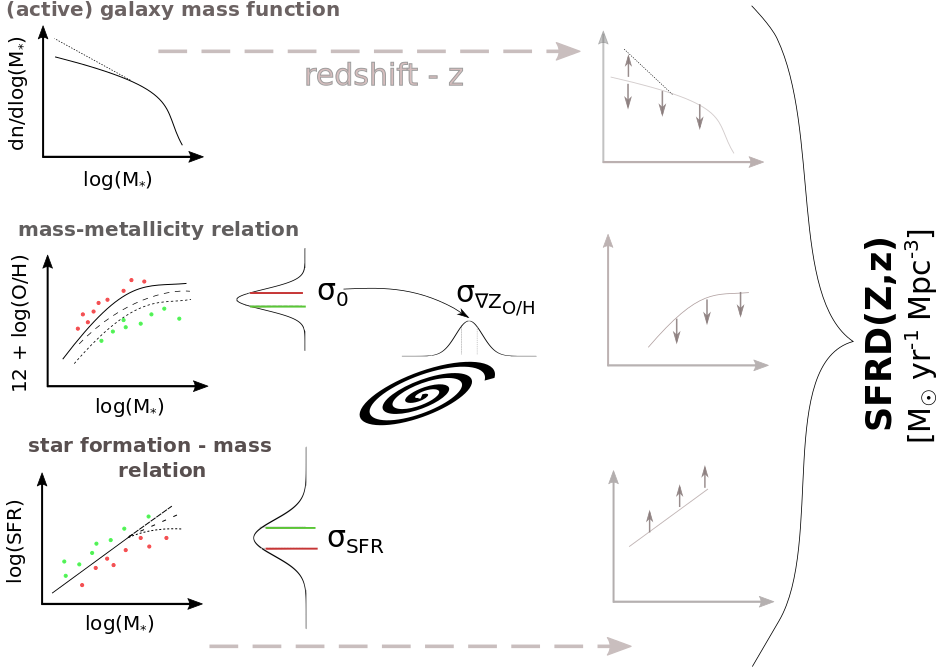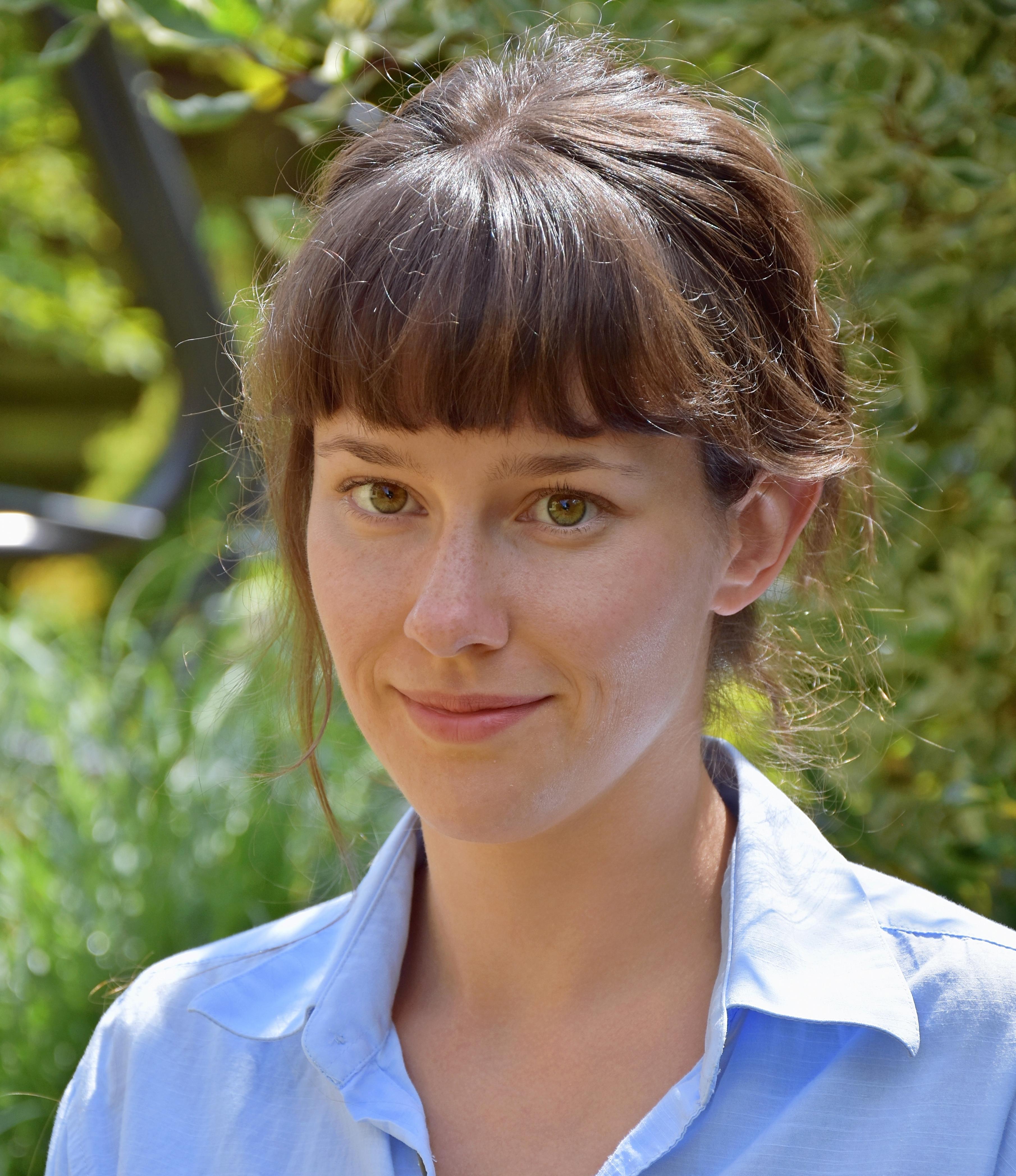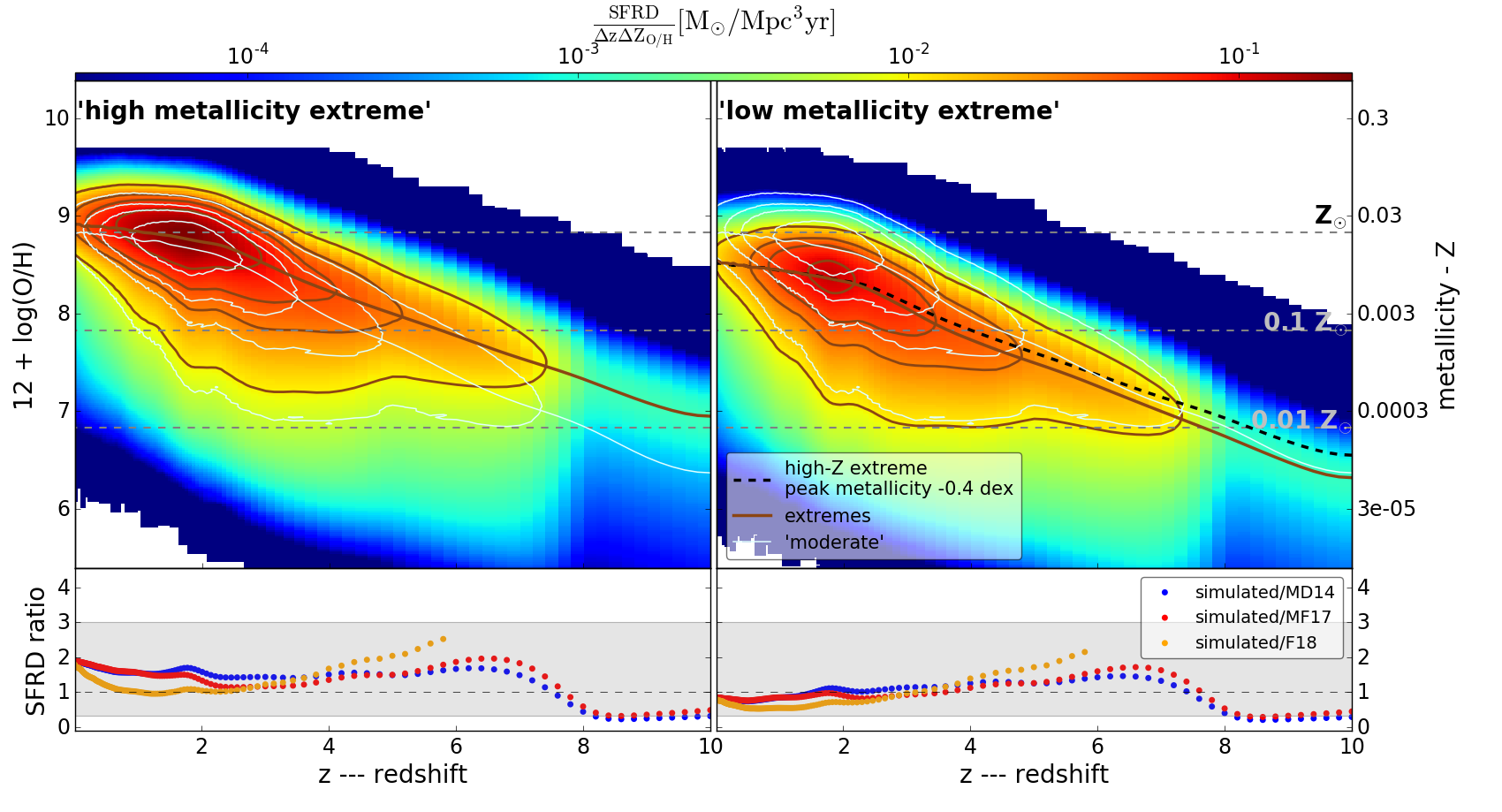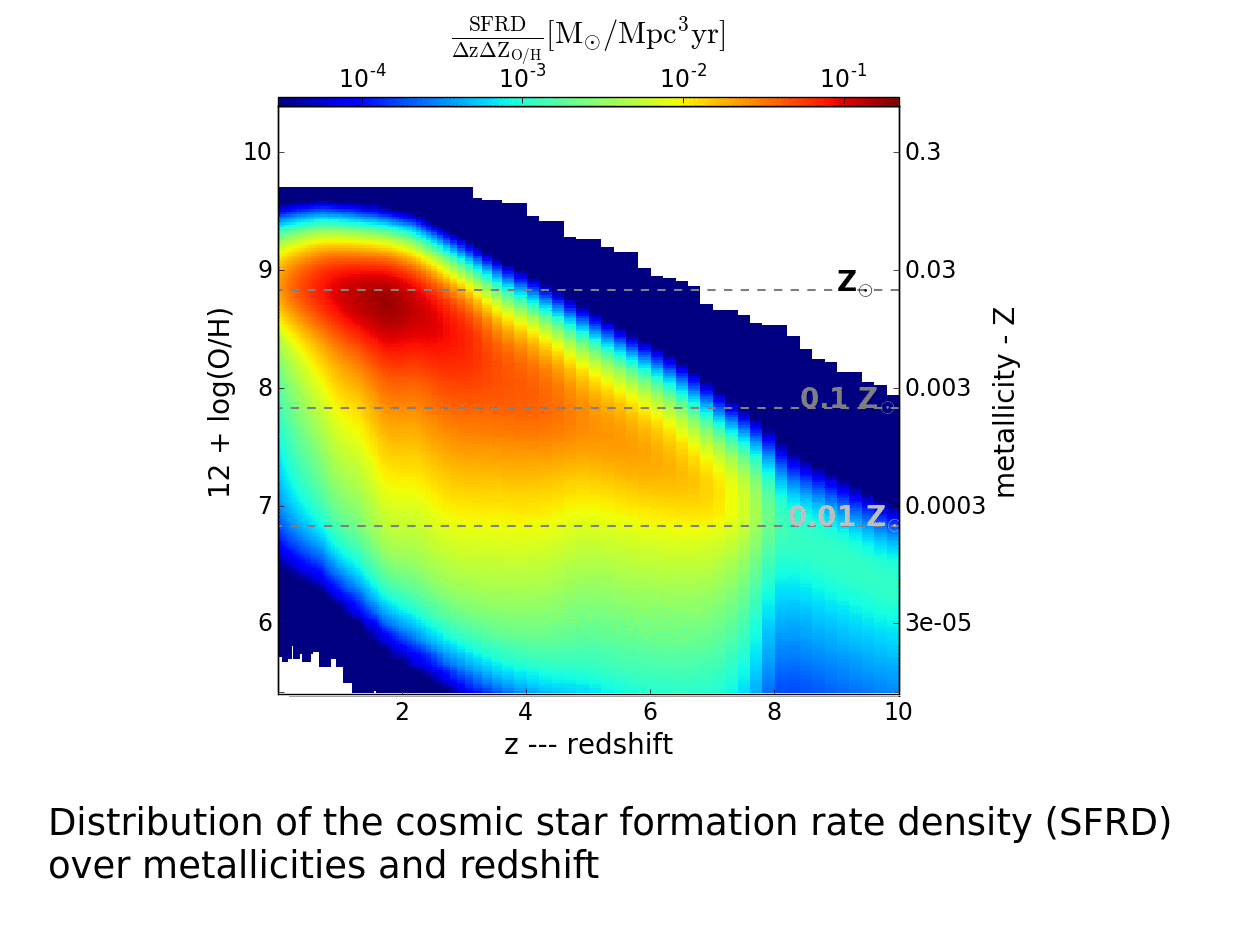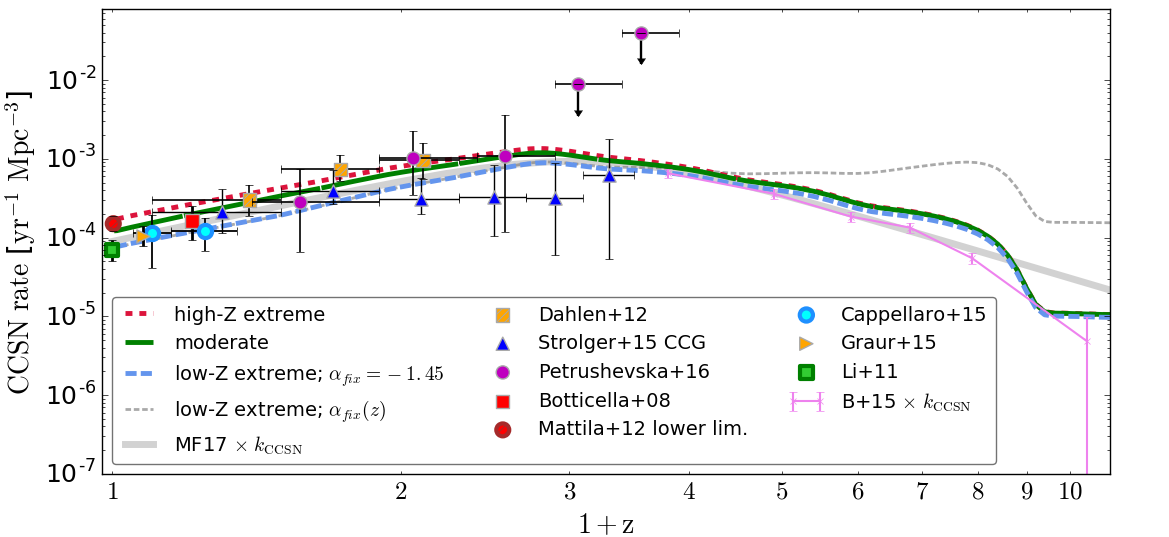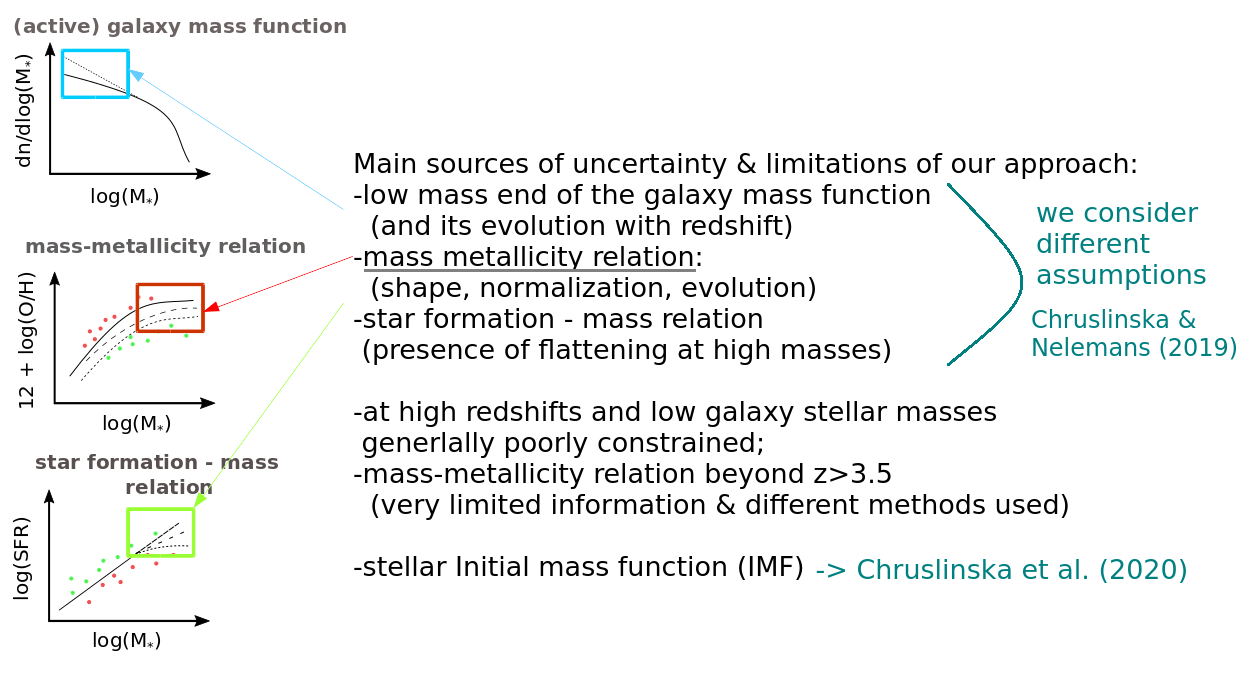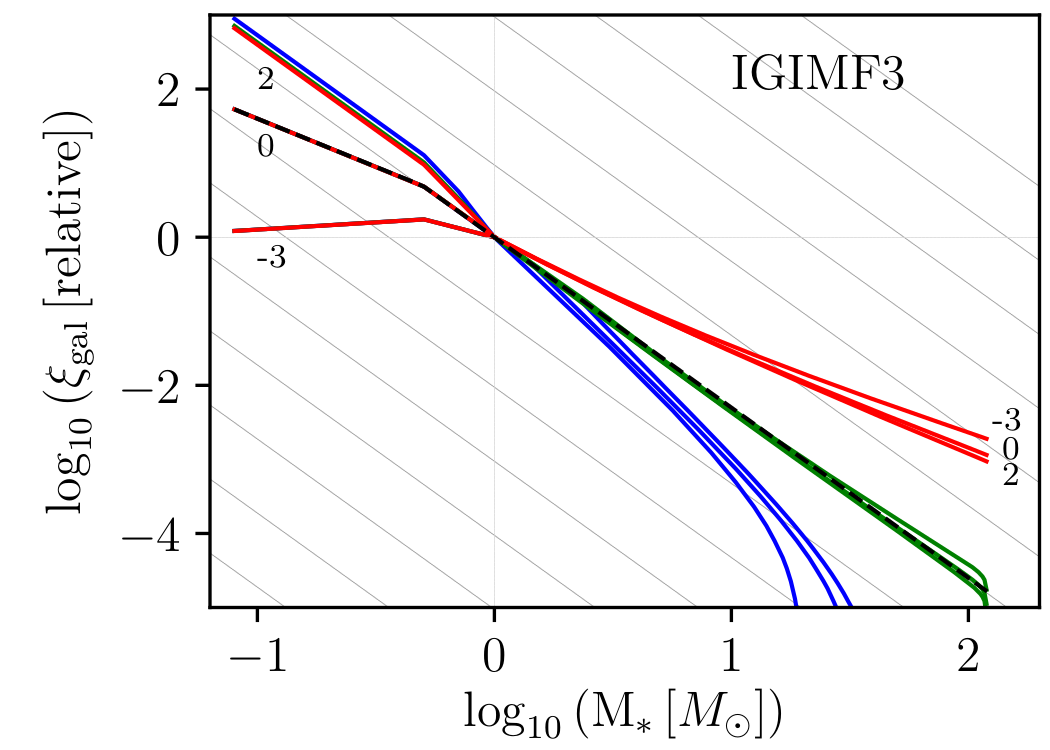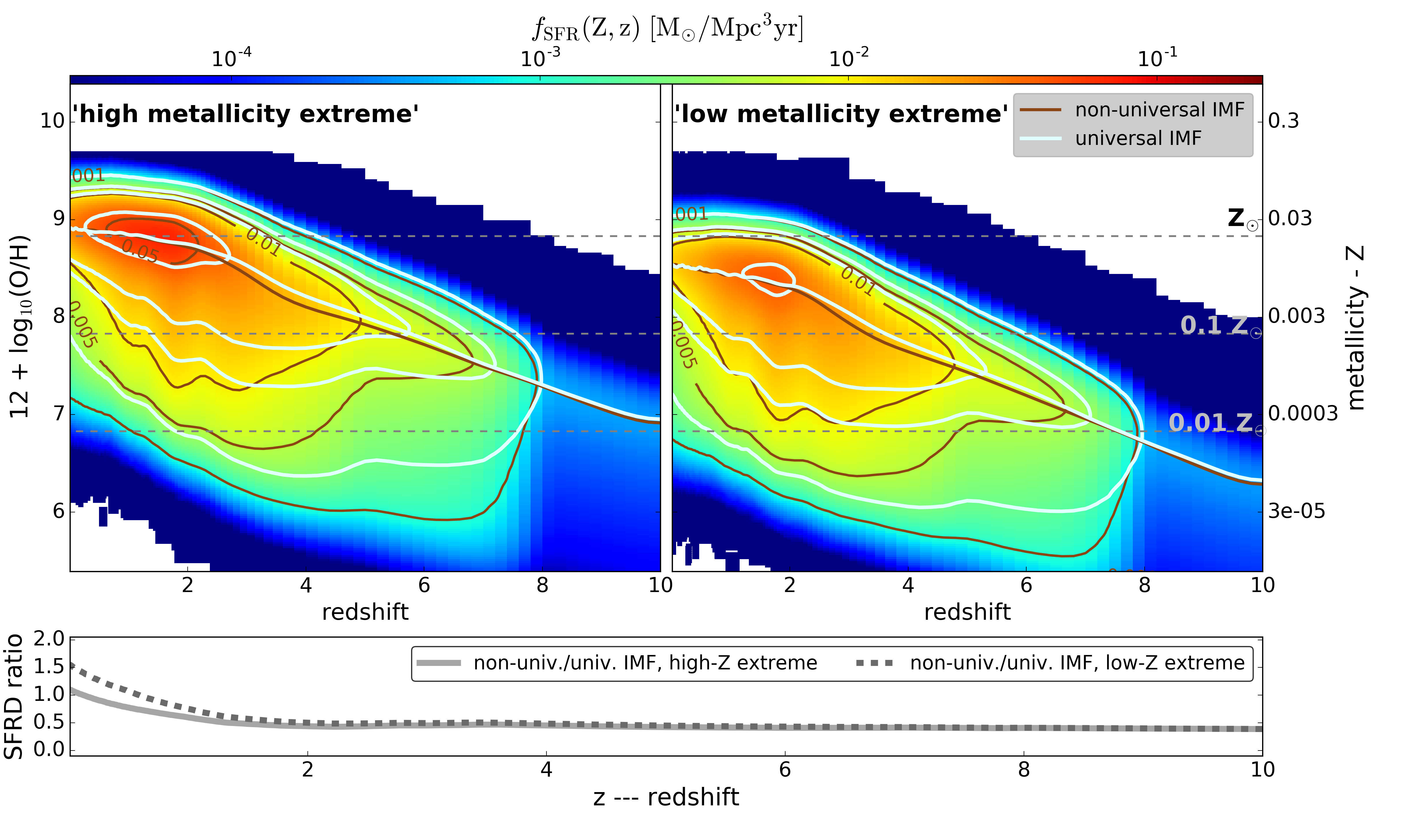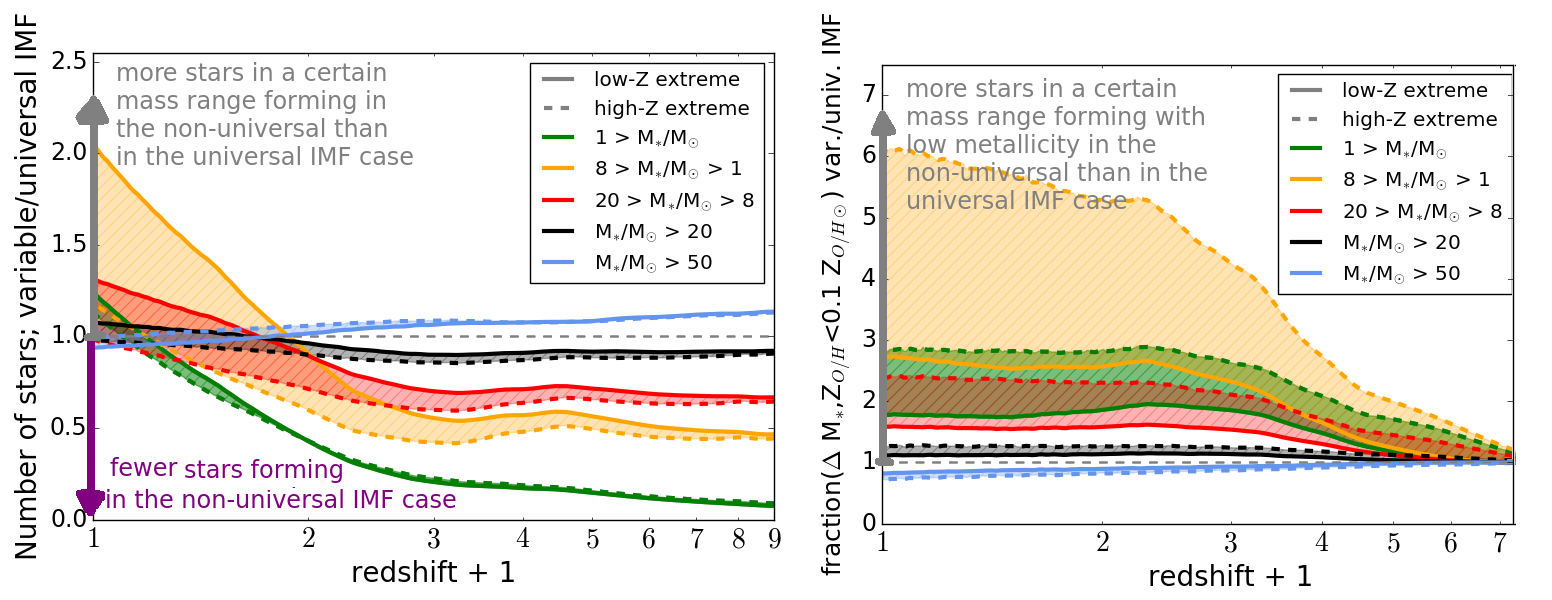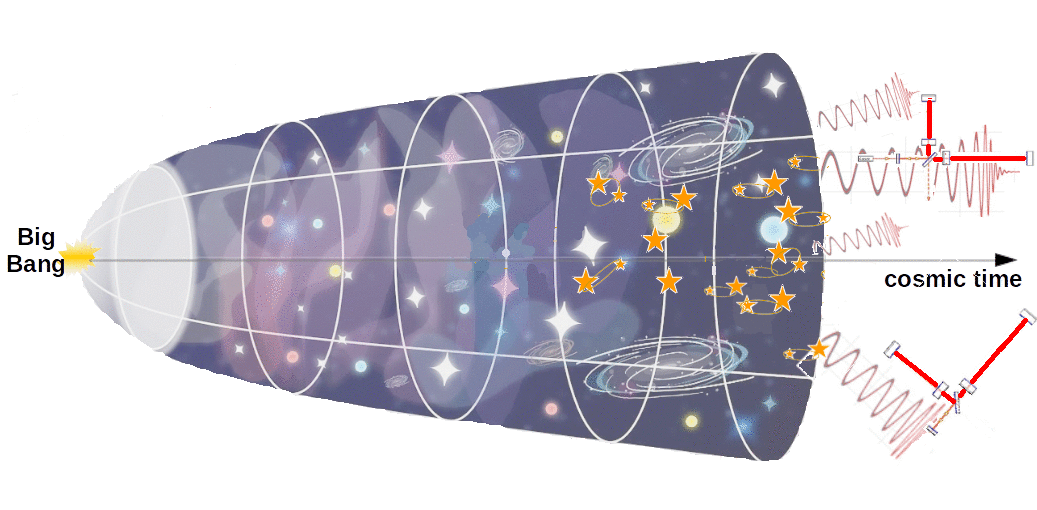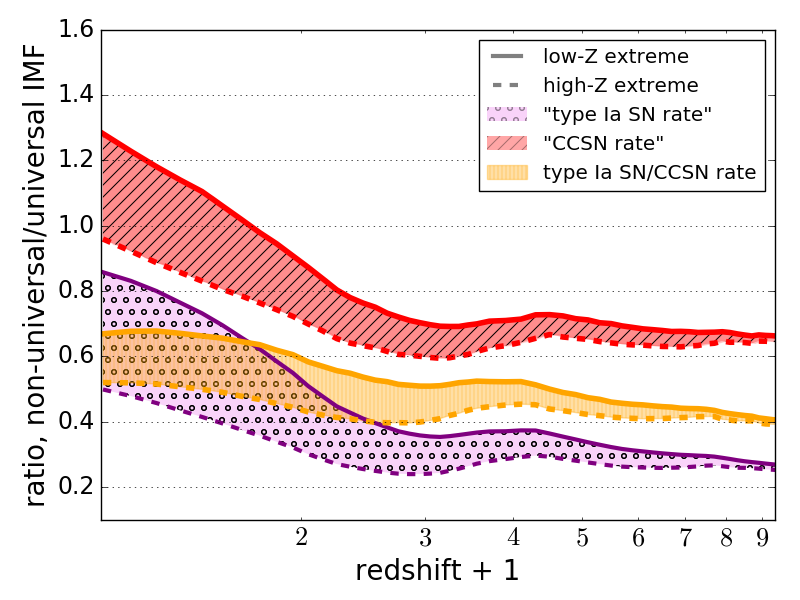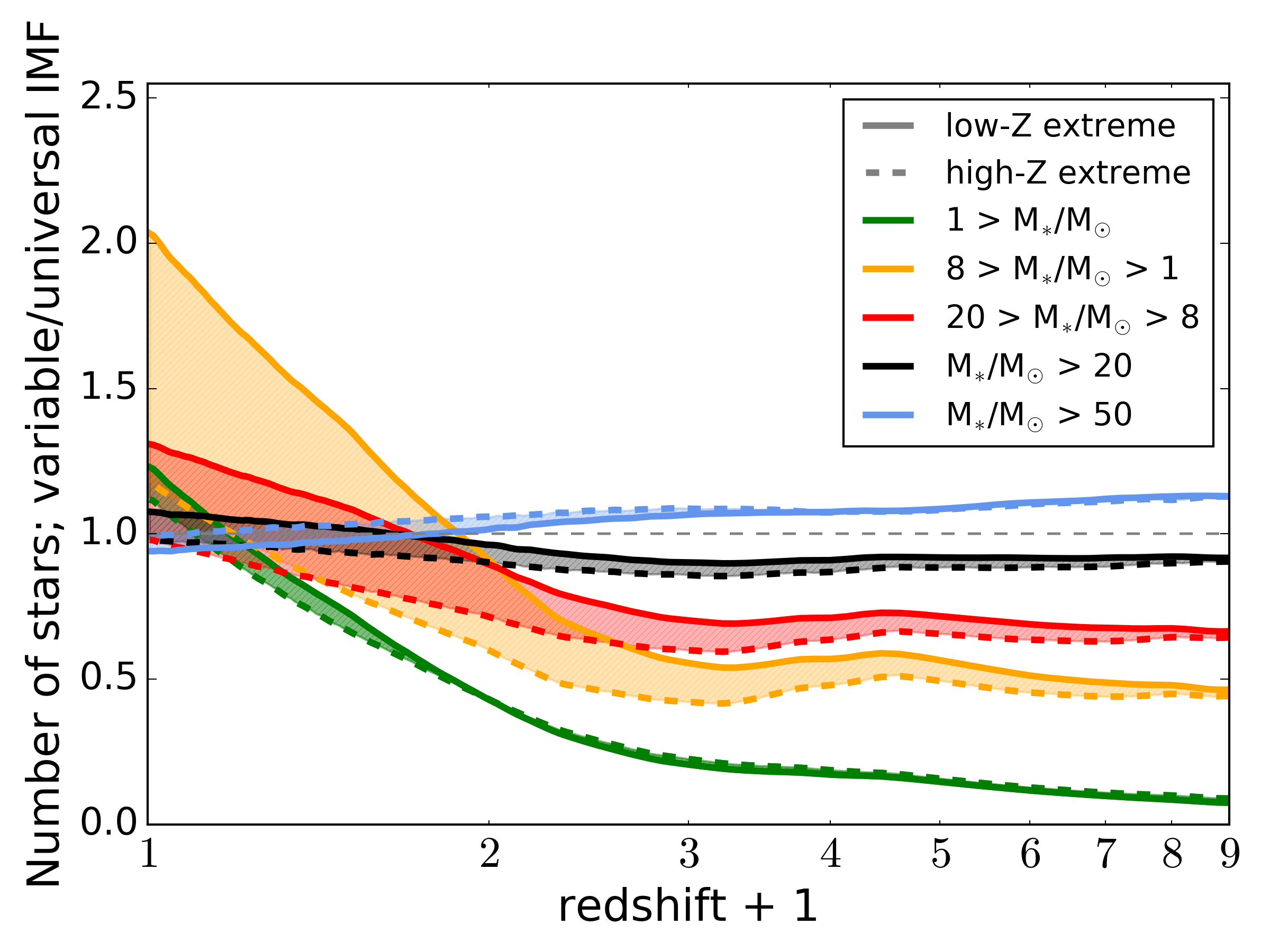The knowledge of the star formation rate density distribution over metallicity and cosmic time/redshift (and its uncertainty!) is particularly important if one wants to estimate the properties of the populations of transients that form with long delays with respect to the star formation episode in which the progenitor stars/systems were born.
Examples of such transients are type Ia supernovae and mergers of double compact objects that can be observed with ground-based gravitational wave detectors.
The population of such transients that we observe involves a mixture of binaries that formed at different times and with different metallicities. Chruslinska et al. (2019) show that different assumptions about the birth metallicities of stars formed across the cosmic history can significantly affect the theoretical estimates of e.g. BHBH merger rate (see the summary in the enclosed pdf ->).
In case of SN Ia, little is known about the potential metallicity dependence of their formation efficiency and the nature of the progenitor is still debated. Different SN Ia progenitor models invoke white dwarfs originating from stars with masses between ~3-8 Mo.
As discussed in Chruslinska et al. (2020), the biggest impact of the transition from the universal to the environment dependent IMF is on the formation of stars in the WD progenitor mass range. Chruslinska et al. (2020) find 2-4 times more WD forming at low metallicity in the mass range relevant for the SN Ia progenitors if the IMF is assumed to depend on SFR and metallicity instead of being universal. This increase may be particularly important if the efficiency of formation of type Ia SN depends on metallicity.
Therefore, it is important to consider the IMF non-universality when estimating the properties of the populations of the progenitors of SN Ia.
We show the result of a illustrative calculation of SN Ia rate performed under different IMF assumptions. The relative rate of type Ia SN to CCSN, as well as type Ia SN rate as shown in the above figure is lowered in the non-universal IMF scenario by a factor of a few, but we stress that the exact magnitude of this effect depends e.g. on the assumed delay time distribution of type Ia SN. We note that the formation efficiency for type Ia SN is not known theoretically but inferred from the observations. Therefore, in order to explain the observed type Ia SN rate with a given progenitor model, this efficiency would simply need to be higher in the non-universal IMF than in the universal IMF scenario.
The SN Ia rate shown above assumes no metallicity dependence of the formation efficency of SN Ia, t-1 delay time distribution with tmin=40 Myr and binary progenitor composed of stars with initial masses between 3-8 Mo. See Chruslinska et al. (2020) for more details.
